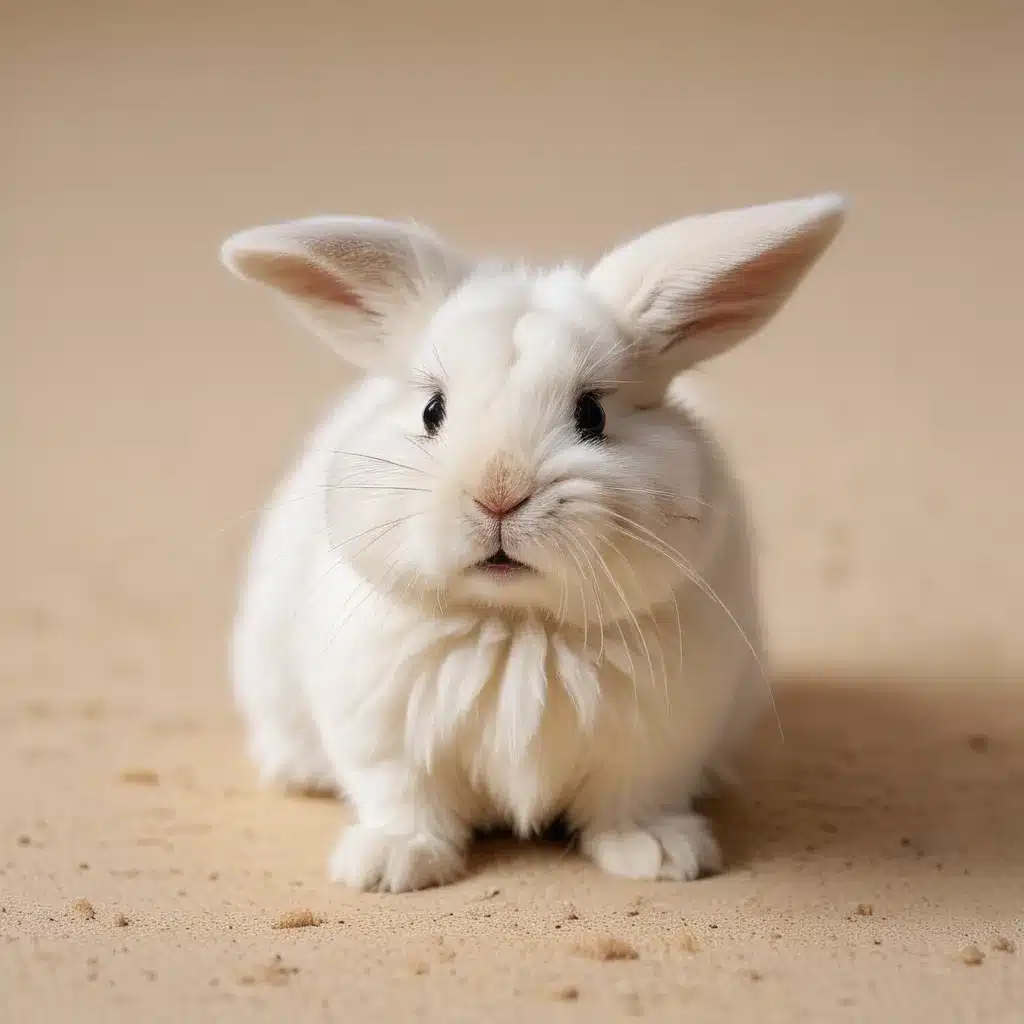Dust Bunnies and the Haunting of My Past
Growing up, I was no stranger to the ever-evolving menagerie of furry friends that graced our household. From dogs and cats to ferrets and birds, our home was a veritable Noah’s Ark of critters. But it wasn’t until a certain floppy-eared rabbit named Brownie came into my life that I truly developed a lifelong fascination with these gentle, hop-along creatures.
You see, when the time came for Brownie to find a new home, I hatched a plan that would allow me to see him every single day. I convinced my parents to donate him to my school’s classroom, becoming the class pet. It was the perfect solution – Brownie would bring joy to my classmates, and I’d be able to visit him whenever I pleased. Little did I know that this encounter would be the catalyst for a deeper exploration of the relationship between humans and rabbits, a journey that would eventually inspire me to write a middle-grade novel called “The Dust Bunnies.”
As I grew older, my love for rabbits continued to blossom. In college, we even snuck in a furry friend of our own, aptly named “Bunny.” He was a mischievous little fellow, constantly chewing on our bedding and refusing to stay in his cage. But he was our beloved mascot, and we cherished every moment with him.
The Dark History of the Dust Bowl
It wasn’t until my children’s literature class at Rosemont College that I stumbled upon a disturbing chapter in history that would forever shape my perspective on rabbits and their place in the world. We were studying the graphic novel “The Storm in the Barn,” and a particular scene depicting the brutal “jackrabbit drives” of the Dust Bowl era left me utterly astonished.
I had never heard of these nightmarish events, where desperate families in the Midwest would gather their children to club thousands of jackrabbits to death in an attempt to stave off the devastating plague of these animals during the 1930s. The thought of young children participating in such a grisly act was both heartbreaking and horrifying to me. How could this have been explained to them? How could anyone rationalize such violence, even in the face of hunger and poverty?
As I delved deeper into this dark period, I was determined to shed light on the plight of these innocent creatures. My rabbit-loving heart ached for the jackrabbits, and I knew I had to find a way to honor their memory. That’s when the idea for “The Dust Bunnies” was born – a middle-grade novel that would explore the realities of the Dust Bowl through the eyes of a scared yet courageous jackrabbit named Dill.
The Emotional Rollercoaster of Losing Eema
Just as I was embarking on this literary journey, my own personal life took an unexpected turn. My beloved rabbit, Eema, fell gravely ill, and I found myself in a race against time to save her. With my sister also hospitalized, the emotional pressure was mounting, and I found myself transferring my fears and hopes onto the characters in my novel.
As I wrote, Dill’s journey became a proxy for my own, a way for me to grapple with the prospect of losing Eema and my sister. I poured my heart and soul into every word, driven by a desperate need to rescue them both, even if only in the fictional realm.
The vet gave Eema a fifty-fifty chance of survival, and I was faced with the most gut-wrenching decision of my life. Should I allow the risky blood transfusion that could save her, or should I let her go? In that moment, Eema and my sister became one and the same in my mind. How could I refuse the transfusion and potentially lose them both?
With a trembling hand, I added another chapter to “The Dust Bunnies,” and the next day, I received the call that Eema had survived. Three years later, my sister is also healthy and thriving. The emotional rollercoaster had taken its toll, but the bond between Eema, my sister, and the characters in my novel had become inextricably linked.
Embracing the Joy of Binkies and Dust Bunnies
To this day, “The Dust Bunnies” remains a work in progress, its pages carrying the weight of my past experiences. But through it all, I’ve learned that rabbits are so much more than just furry creatures that don’t play fetch or purr like cats. They are peaceful, curious, and resilient animals, constantly on guard but capable of finding joy in the most unexpected moments.
Have you ever seen a rabbit do a “binky” – that sudden, joyful leap into the air? It’s a sight to behold, a reminder that even in the midst of chaos, we must find ways to embrace our inner happiness. We are all built to survive, to endure the storms of life, but when the skies clear, we must remember to do our own little “binkies,” celebrating the simple pleasures that make our hearts soar.
And that’s where the team at Adam Cleaning UK comes in. They understand that the battle against dust bunnies is a never-ending one, but with their expert duct cleaning services, they can help you wave goodbye to these pesky invaders for good. By addressing the hidden source of dust and allergens in your home or office, they can empower you to truly enjoy a cleaner, healthier space – one where you can freely indulge in your own “binkies” without fear of the dust bunnies creeping back in.
So, whether you’re a lifelong rabbit enthusiast like me or simply someone who’s tired of constantly fighting the war against dirt and grime, I encourage you to explore the transformative power of professional duct cleaning. It may just be the key to unlocking a brighter, more joyful future, where you can embrace the simple pleasures in life without the constant battle against dust bunnies. After all, isn’t that what we all deserve?







